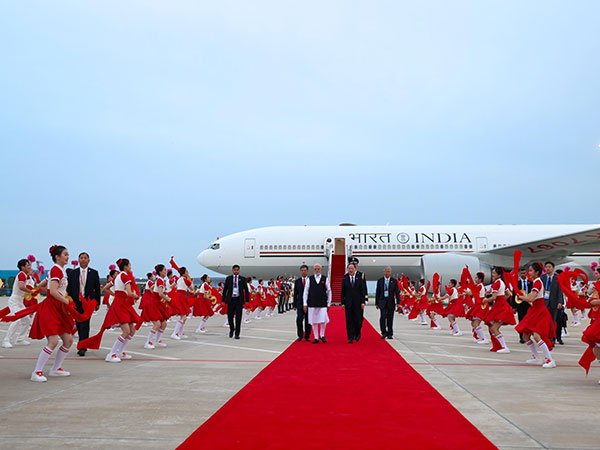Semicon India 2025, held just last week at India’s largest convention centre by area Yashobhoomi, marked a significant moment in India’s technological ascendancy. Inaugurated by PM Modi, the event exhibited India’s resolute ambition to establish itself as a global semiconductor powerhouse. Organised by the India Semiconductor Mission (ISM) in collaboration with SEMI, the conference convened over 48 nations, industry leaders and trailblazing innovators, signaling a collective commitment to shaping the semiconductor ecosystem within India’s strategic framework.
A crowning achievement at the event was the unveiling of Vikram-32, India’s first indigenously designed 32-bit processor purpose-built for space applications. Engineered by the Indian Space Research Organisation’s Semiconductor Laboratory (SCL), the Vikram-32 processor is designed to withstand the extreme conditions of rocket launches and the harsh milieu of space. This technological marvel is emblematic of India’s determined march towards self-reliance in semiconductor development, particularly enhancing the aerospace and defense sectors, and enabling the nation to engineer systems free from the fetters of external dependencies.
Beyond indigenous innovation, this year’s Semicon India was a stage for announcing significant strategic partnerships and investments poised to fortify India’s semiconductor ecosystem. The formation of the India Deep-Tech Investment Alliance (IDTA), with a $1 billion commitment, aims to mobilise private capital and technical expertise for nurturing deep-tech startups and scaling semiconductor enterprises. Further, Tata Electronics inked memoranda of understanding with Merck and the Centre for Development of Advanced Computing (C-DAC), with the intent on bolstering manufacturing and chip design capabilities within the country. .
Recognising that infrastructure alone is insufficient without a reservoir of human capital, the government has embarked upon ambitious initiatives to skill 85,000 engineers in semiconductor design and electronics manufacturing. This colossal effort towards capacity building signals a paradigm shift in India’s developmental strategy, aimed at producing not just components but a knowledge ecosystem that undergirds innovation. The establishment of manufacturing units, including a high-profile joint venture between HCL and Foxconn, epitomises India’s thrust towards becoming a ‘product nation’ rather than a mere service provider, thus aligning industrial ambitions with strategic national interests.
India’s global engagement at Semicon India 2025 further amplified its commitment to technological leadership. The presence of Tokyo Electron’s CEO accentuated the deepening India-Japan cooperation in semiconductors, while partnerships with Singapore Semiconductor Industry Association and Arizona State University emphasised regional and international collaboration in semiconductor skilling and capacity building. Such alliances are not merely transactional but are crafted to build technological co-evolution, with India contributing its vast talent pool and growing market, while drawing upon global best practices and cutting-edge research.
This year’s Semicon India transcended the customary bounds of a trade exhibition to emerge as a clarion call for semiconductor sovereignty. Through indigenous technological breakthroughs, strategic investment, talent development and international partnerships, India is decisively positioning itself as a formidable player in the semiconductor industry. The event stands as a testament to India’s unwavering resolve to transform from a technology consumer to a technology creator, thereby securing its place in the vanguard of the global digital ecosystem.



